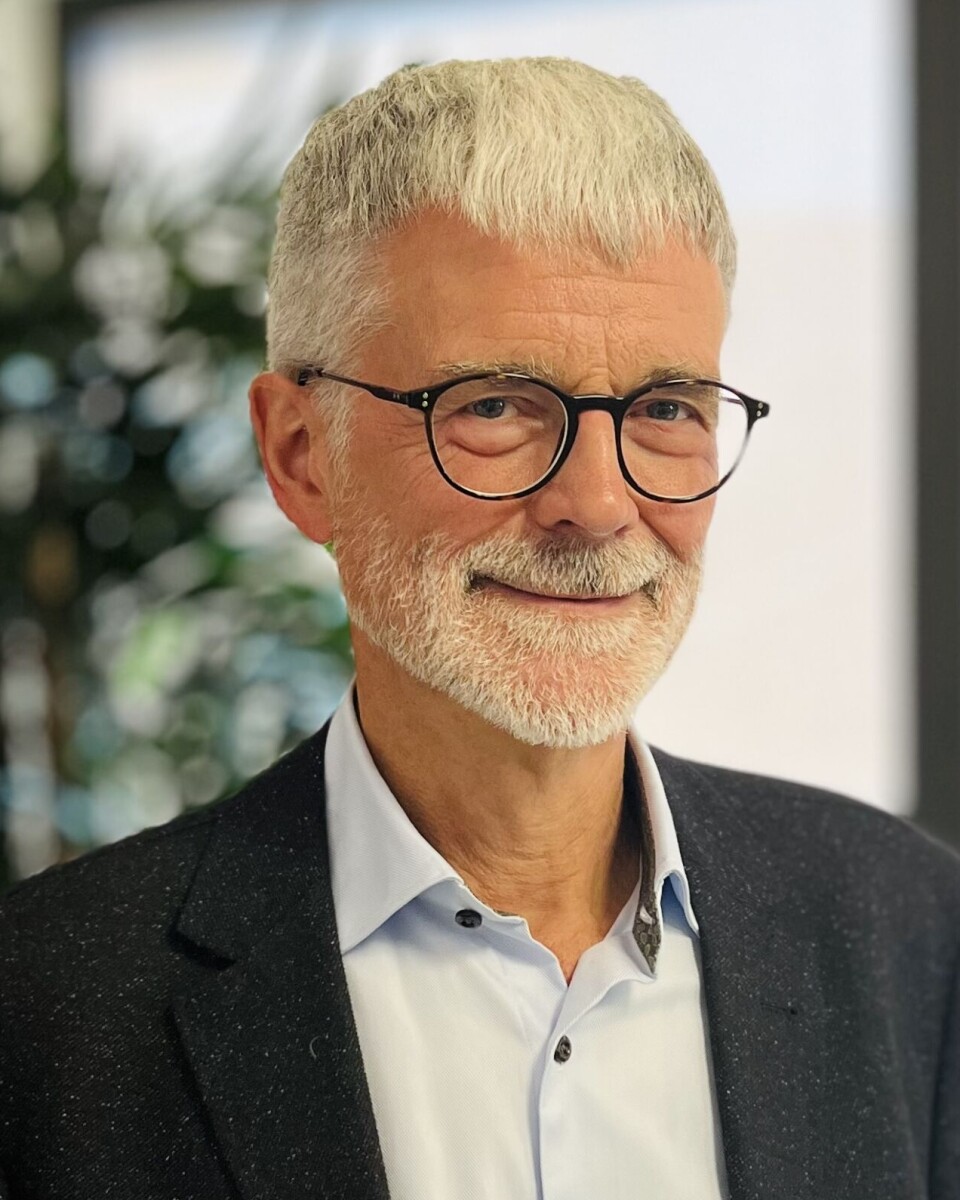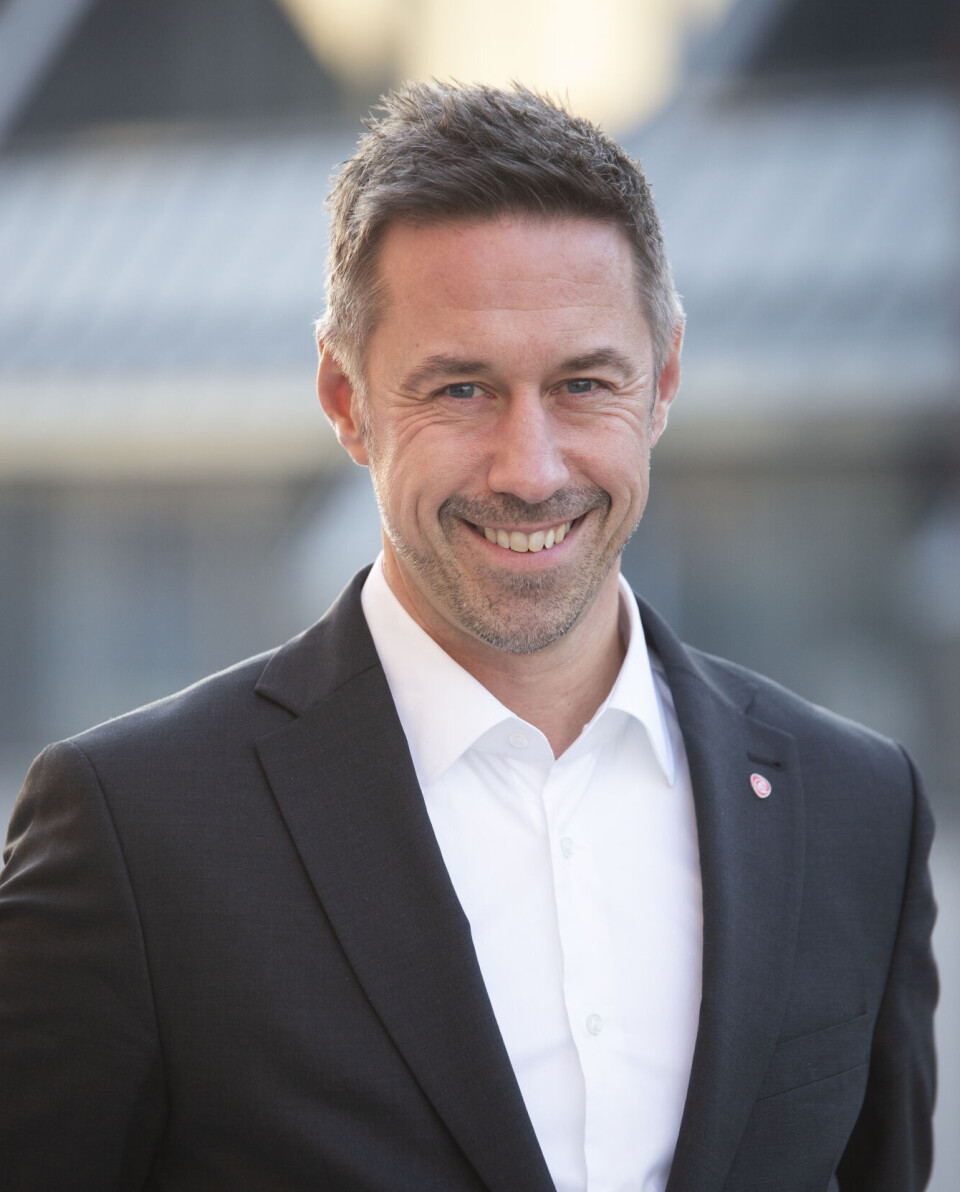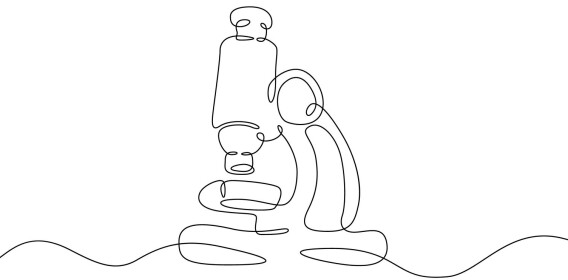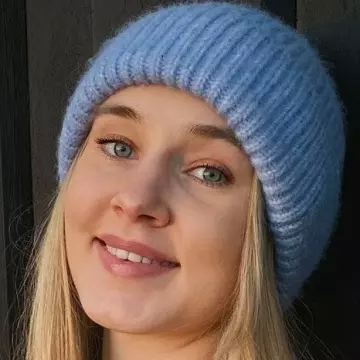Every time you eat a soft serve ice cream, you're eating something from the sea
Ice cream, medicines, bandages, energy drinks, and vegetarian burgers all share one common ingredient.

"Seaweed in soft serve? I would never have guessed," says Vilde Oveland.
She and her friend Karoline Stien are eating ice cream in the sun.
"Is that really true?" she asks.
Yes, it's true! And soft serve is far from the only example.
"Seaweed is used in about 600 different products," says seaweed researcher Katharina Nøkling-Eide.

Energy drink & burgers
What makes seaweed so special?
“It has remarkable qualities that allow it to be used in all kinds of things,” says seaweed harvester Trond Helgerud.
You’ll find it in ice cream, medicines, bandages, energy drinks, and vegetarian burgers.
Soft yet strong
Before ending up in the soft serve, seaweed clings to rocks in the sea.
"That's why it needs to be both strong and flexible," says Nøkling-Eide.
It has to move with the currents without tearing apart.
The material that makes seaweed both soft and strong is called alginate.
"That's the part we can use in products," says Helgerud.
"We want the soft serve to be soft, but it also has to hold its shape," says Nøkling-Eide.
Climate-friendly
Seaweed is also good for the planet.
"It only needs sunlight, seawater, and CO2 to grow," says Nøkling-Eide.
Kelp forests act like underwater rainforests, absorbing the greenhouse gas CO2.
"That means seaweed-based products can often be more sustainable than conventional ones,” says Nøkling-Eide.
It's even possible to make plastic from kelp.
"Traditional plastic is made from oil and breaks down into microplastics," says Nøkling-Eide.
Plastic from seaweed, on the other hand, is natural and harmless for everything and everyone.
It's edible and has a smaller climate footprint, according to the research institute SINTEF.

Need more kelp
With so many possible uses, Helgerud is confident:
"The world wants more kelp," he says.
Along Norway's coastline, there are an estimated 50 million tonnes, according to the Norwegian Directorate of Fisheries.
That equals the weight of 33 million cars.
"We harvest only about 0.3 per cent of it," says Nøkling-Eide.
"That sounds like a small amount. Why is that?"
"Because kelp forests are vital habitats for other marine life, like lobsters and cod," says the researcher.

That's why there are strict rules for harvesting.
“We can return to the same spot after five years. That gives the seaweed time to grow back,” says Helgerud.
An obligation to farm seaweed
Nøkling-Eide argues that cultivation is the way forward.
That way, wild seaweed ecosystems can remain untouched.
"We have the world's second-longest coastline and excellent conditions," says the researcher.
The world will need more food, fuel, and raw materials in the future.
"That's why I believe Norway has an obligation to grow more kelp," she says.
Norway can profit
Norway already has more than 80 years of experience with seaweed.
"Today, alginate sales alone bring in over 98 million dollars," says Nøkling-Eide.
She is believes Norway could earn much more by cultivating on a larger scale.
Currently, Asia dominates global seaweed farming.

"Kelp is the answer"
Norwegian politicians are debating several issues:
How should Norway make money? How can we produce more sustainable food?
Many point to the sea as the solution.
The Norwegian government believes the entire marine food chain should be explored – not just the big fish.
Everything from sea urchins to sea squirts can be used. You can read more about sea squirts here.
"To the question of whether seaweed is the answer, I say yes," says Even T. Sagebakken. He is the State Secretary for the Ministry of Trade, Industry and Fisheries.
With a growing global population, food demand will keep rising.
"We need to open our eyes and see what the sea can actually offer," he says.
———
Translated by Alette Bjordal Gjellesvik
Read the Norwegian version of this article on ung.forskning.no
Related content:

Subscribe to our newsletter
The latest news from Science Norway, sent twice a week and completely free.


























































